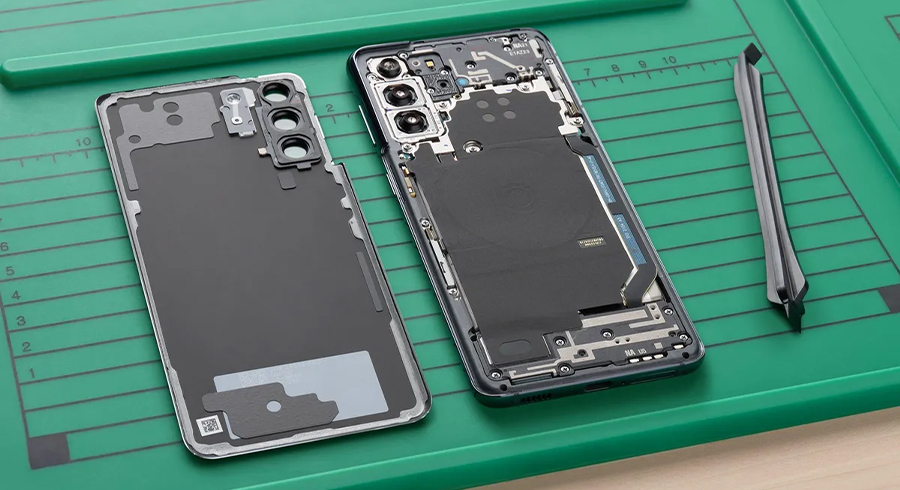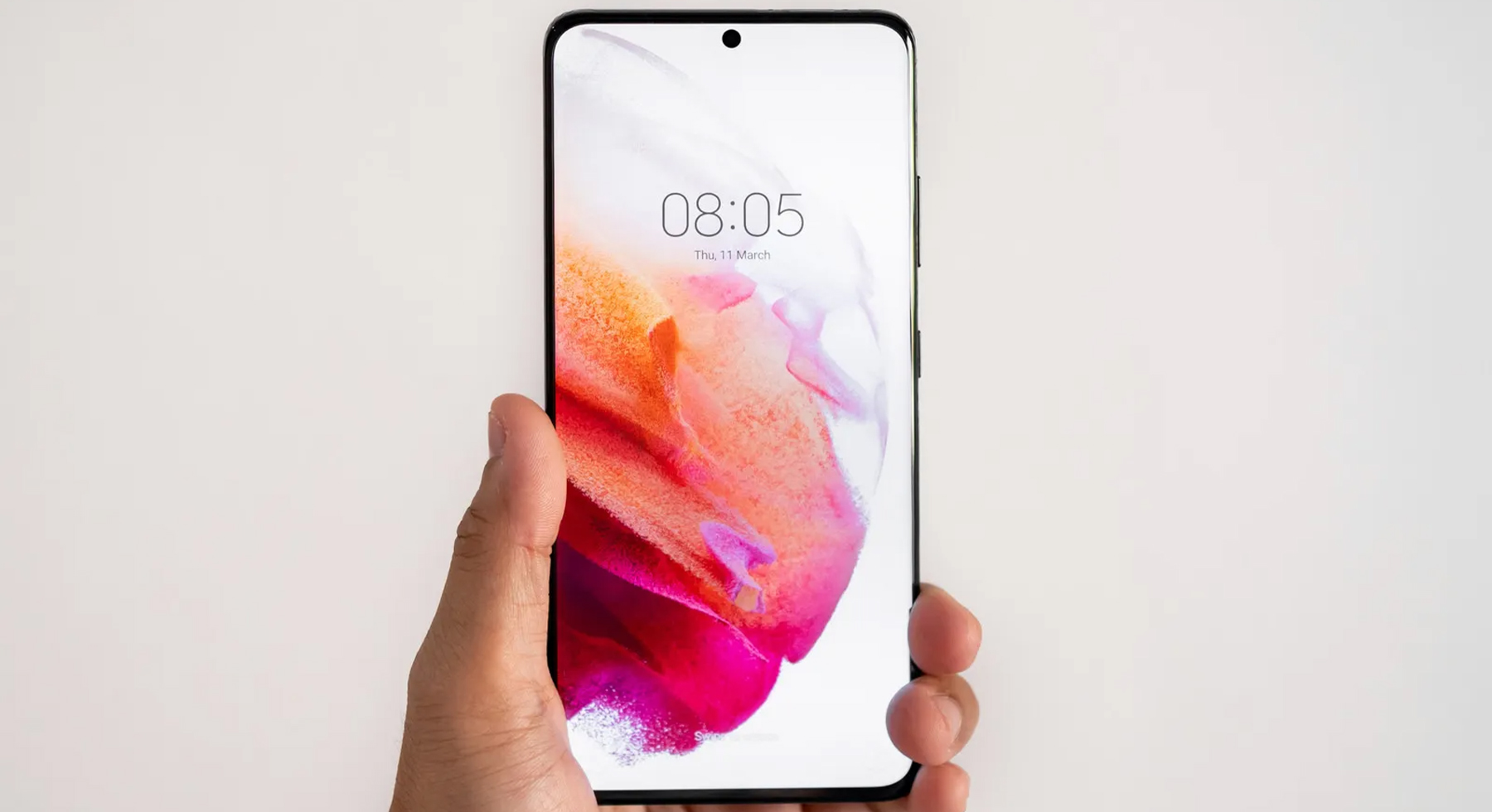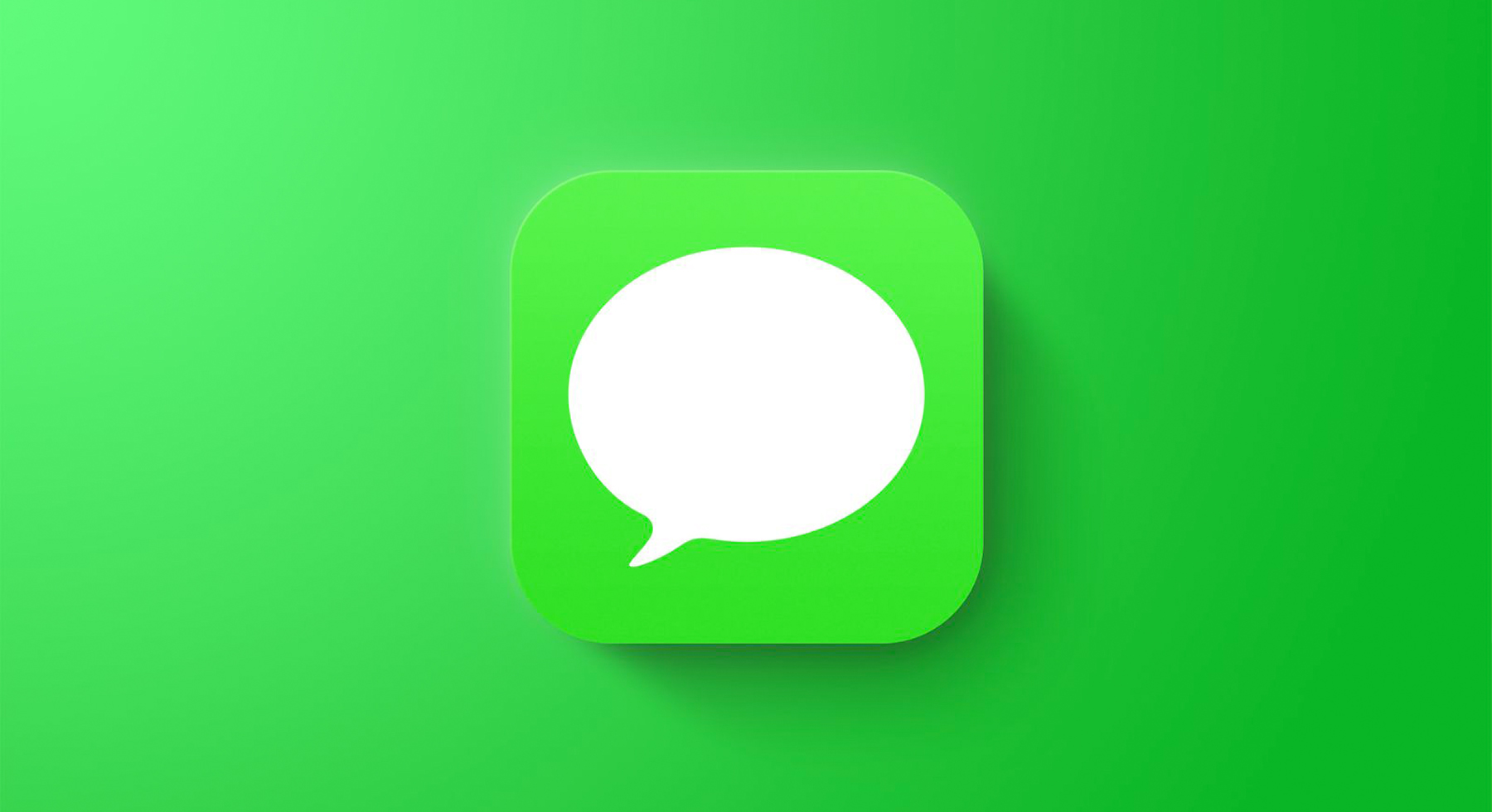
All The Pieces to Android Phones
An Android smartphone is an incredible device that allows you to do much. It can track how many steps you walk in a day, send instant messages to friends, and even connect to the internet. And almost everything an Android phone can do is because it’s made up of many different pieces, such as hardware and software. But what are all those pieces, and where are they located? In this article, I’ll go through the basics of each part of an Android smartphone.
Network
We all know that the network is one of the most important aspects of a phone. It’s important that it’s one of the first things you look at when considering buying a new phone.
So what exactly is a network? Well, it’s 8the way your phone connects to the internet, which means there are many different types of networks.
The two main types are 2G and 4G/LTE (Long Term Evolution). 2G has been around since the early 1990s, and it works by using radio waves to send information back and forth between cells (the tower sites on your phone). 4G/LTE is a newer technology that relies on a different type of signal called Code Division Multiple Access (CDMA). CDMA sends data over a wider spectrum than 2G, meaning more people can use the same amount of bandwidth at once!
Speakers
Speakers are one of the essential parts of any phone. They let us listen to music, watch videos and movies, and even make calls. Moreover, they can also be used as microphones when recording audio notes or podcasts!
Most phones come with two speakers—one on each side of the device—but some models have a third speaker at the bottom. These speakers help you get the best sound possible when listening to music or watching videos.
Screen
The screen is the part of your smartphone that you see and interact with. The screen allows you to see pictures, videos, and text messages. It also lets you play games and download apps.
The screen has several different parts:
Glass
This is the front part of your phone’s screen. It protects the display inside from scratches and dings.
LCD
LCD stands for liquid crystal display, which means that electricity flows through liquid crystals inside the screen to create images on its surface. Most smartphones use LCD screens because they’re less expensive than other displays like OLED (organic light-emitting diode).
Touch Sensors
Touch sensors are tiny electrical switches that tell your phone when someone touches it or taps on it with their fingers or fingernails—like when you’re playing a game or typing a text message!
RAM (Random Access Memory)
RAM is the short-term memory of your phone. It is where your apps and programs are stored when they’re not being used. If you have little RAM, your system will have to work harder to access the parts of your phone’s memory containing the needed data. This can slow down your phone and make it feel sluggish.
CPU (Central Processing Unit)
The CPU is like the brain of your phone. It processes information and coordinates actions between device parts to ensure everything runs smoothly. The more powerful a CPU, the better it will be at handling complex tasks and keeping up with multiple apps running at once.
Housing
The housing of an Android phone is the outer shell that protects the internal components from harm. The housing can be made from plastic or metal and usually has a specific design. These phones usually have a headphone jack on the top, a speaker at the bottom, and a camera on the back.
Conclusion
To understand how your Android phone works, it is important to comprehend the basic components of a modern cell phone. Your Android device comprises many parts and pieces; those pieces together make your Android phone a working work of technology that allows you to send text messages, play games, take pictures and shoot videos or even use your mobile phone as a GPS navigation system in your car.





